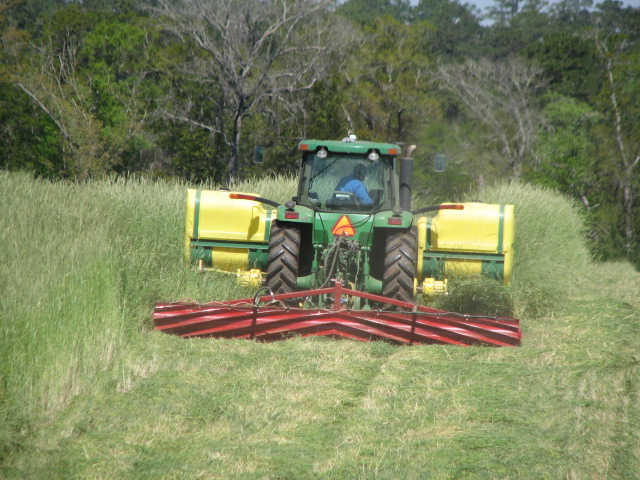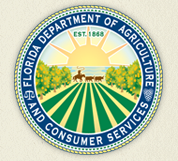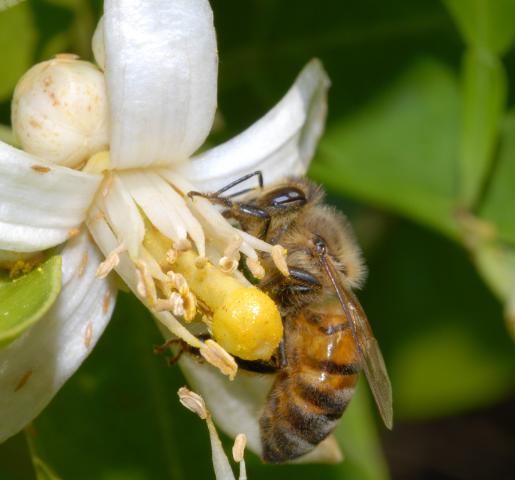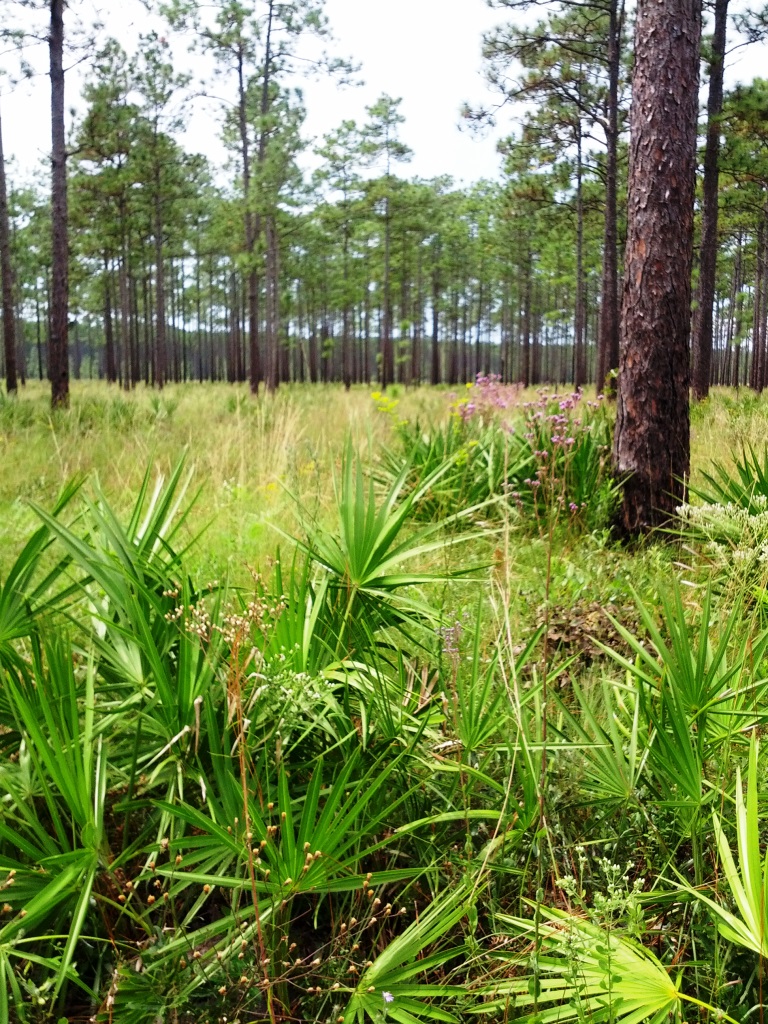
by Doug Mayo | Nov 18, 2016
Conservation Stewardship Program – Application Deadline February 3, 2017 Agricultural producers can sign up for available funding through February 3, 2017 through USDA’s Natural Resources Conservation Service’s (NRCS) Conservation Stewardship Program...
by Michael Mulvaney | Apr 1, 2016
Dr. Michael J. Mulvaney, Cropping Systems Specialist, WFREC, Jay, FL Environmentally Smart Nitrogen (ESN) is a polymer-coated urea formulated as 44-0-0. The reason it contains 2% less nitrogen (N) than urea (which is 46-0-0) is due to the weight of the polymer...

by Doug Mayo | Apr 1, 2016
Florida Commissioner of Agriculture Adam H. Putnam announced on March 30, 2016 that the Florida Department of Agriculture and Consumer Services will invest $35 million toward the protection and preservation of working agricultural lands in Florida and invites...

by Russ Mizell | Feb 12, 2016
Russ Mizell, Gary Knox and Holly Ober Faculty at the University of Florida’s North Florida Research and Education Center have developed a new website giving recommendations on plant species that provide a range of regulatory ecosystems services for each season...

by Judy Biss | Jul 17, 2015
Most of us living in panhandle Florida recognize that our farmers and ranchers are committed to sustainable production of food, fiber, and fuel for generations to come, but how will farmers continue to be productive while sharing natural resources with an ever growing...
by Jim Marois | Jun 12, 2015
Dan Dourte, Ron Bartel, Sheeja George, David Wright, Jim Marois, UF/IFAS NFREC Cotton and peanuts are grown on nearly 2 million irrigated acres in the Southeastern U.S. The consumptive water use for irrigation has significantly impacted groundwater resources, spring...





